When typesetting an R Markdown document to PDF, if a function draws multiple plots, those plots often appear side-by-side, with only the first plot fully within the margins of the page.
Minimal R Markdown example:
---
title: "Example re plotting problem"
author: "Daniel E. Weeks"
date: "May 3, 2016"
output: pdf_document
---
```{r setup, include=FALSE}
knitr::opts_chunk$set(echo = TRUE)
```
## Multiple plots within a loop
```{r}
plots <- function() {
plot(rnorm(100))
hist(rnorm(100))
}
for (i in 1:3) {
plots()
}
```
Here is a screenshot of page 2 of the generated PDF

which shows the problem. I have searched online, but haven't yet found a solution to this problem.
Thank you.
The plot hook solution proposed by user2554330 is simple and works well. So this code draws all the plots within the margins of the resulting PDF:
---
title: "Example re plotting problem"
author: "Daniel E. Weeks"
date: "May 3, 2016"
output: pdf_document
---
```{r setup, include=FALSE}
knitr::opts_chunk$set(echo = TRUE)
```
## Multiple plots within a loop
```{r}
plots <- function() {
plot(rnorm(100))
hist(rnorm(100))
}
```
## Call plotting function
```{r}
my_plot_hook <- function(x, options)
paste("\n", knitr::hook_plot_tex(x, options), "\n")
knitr::knit_hooks$set(plot = my_plot_hook)
for (i in 1:3) {
plots()
}
```